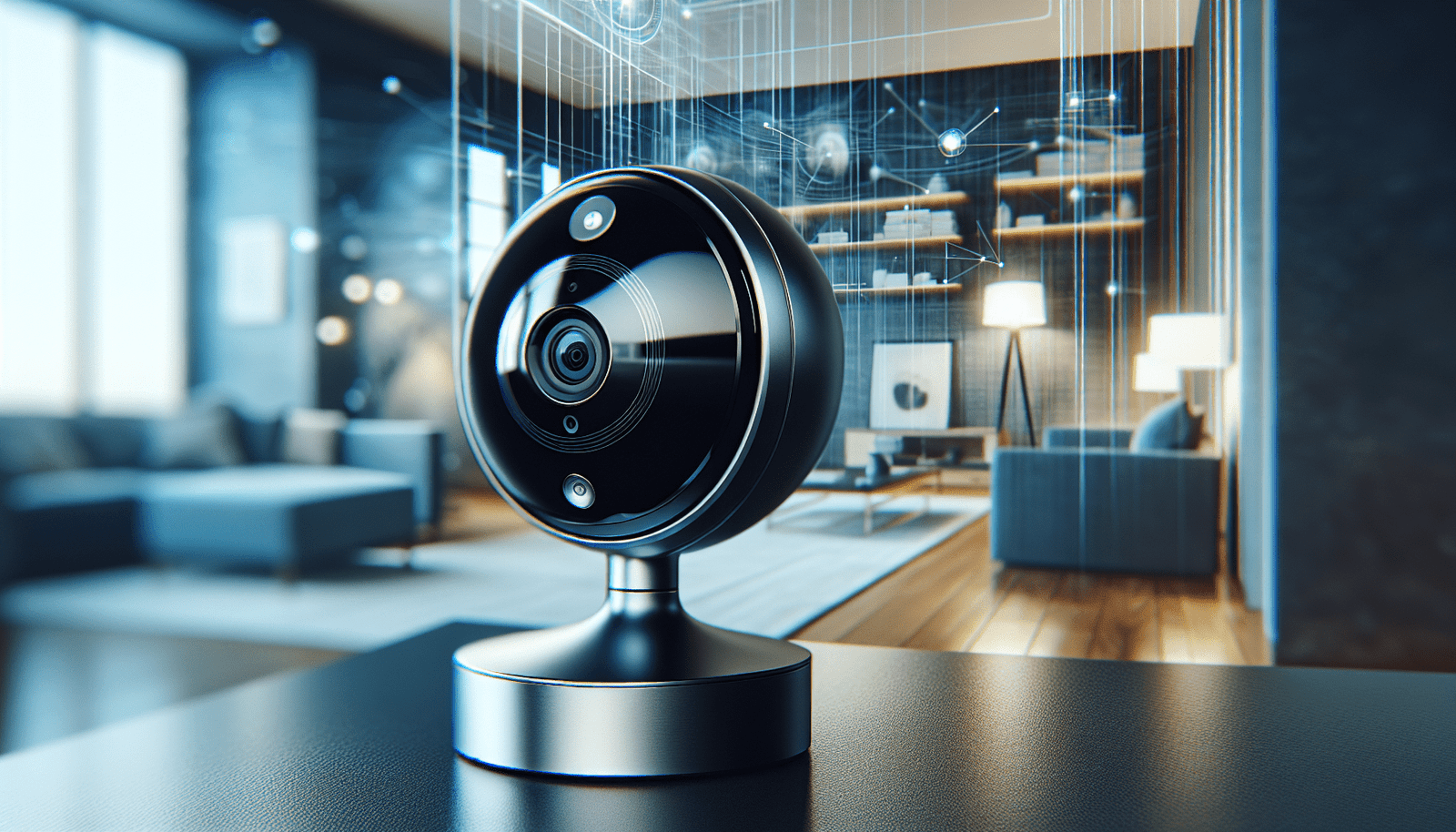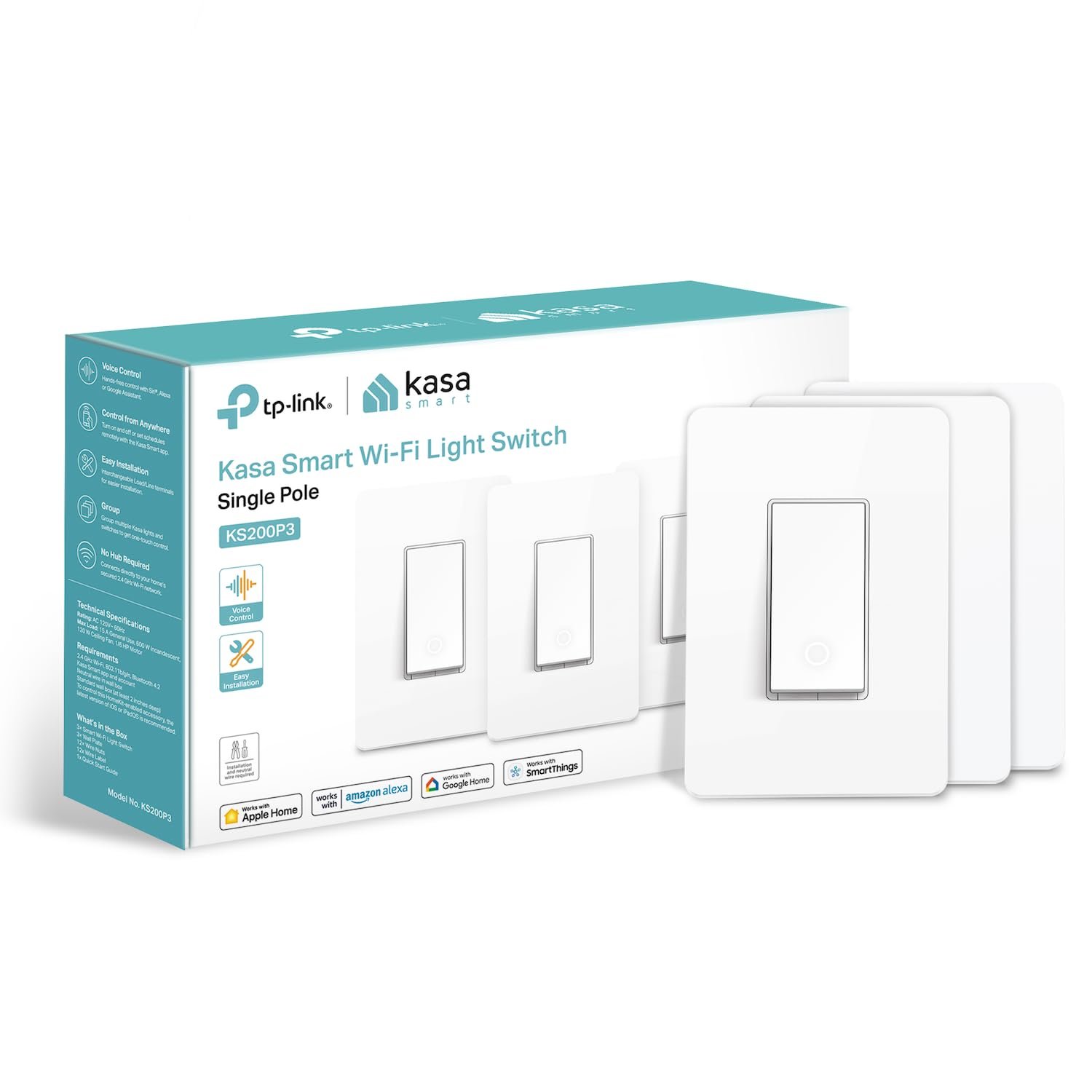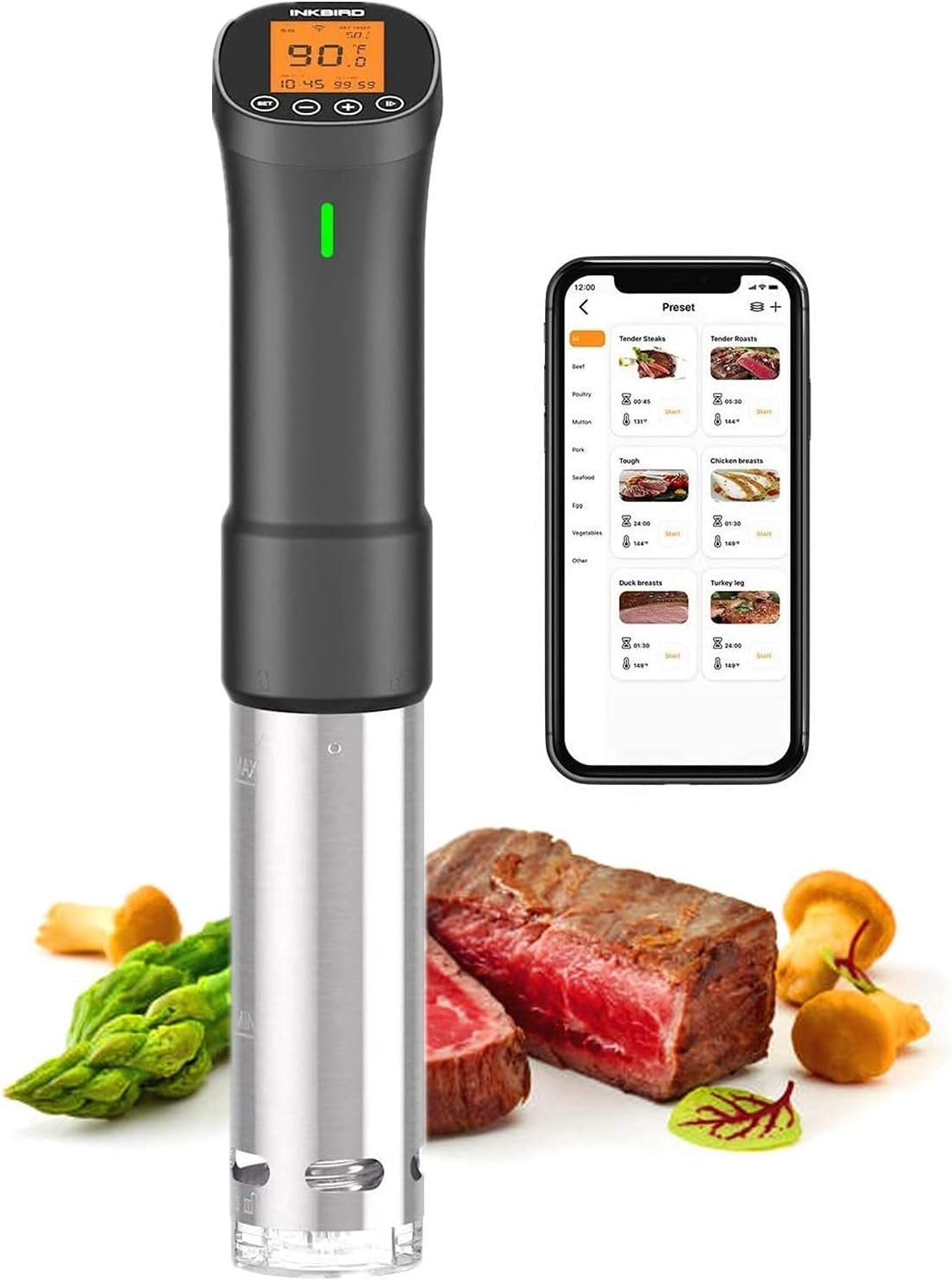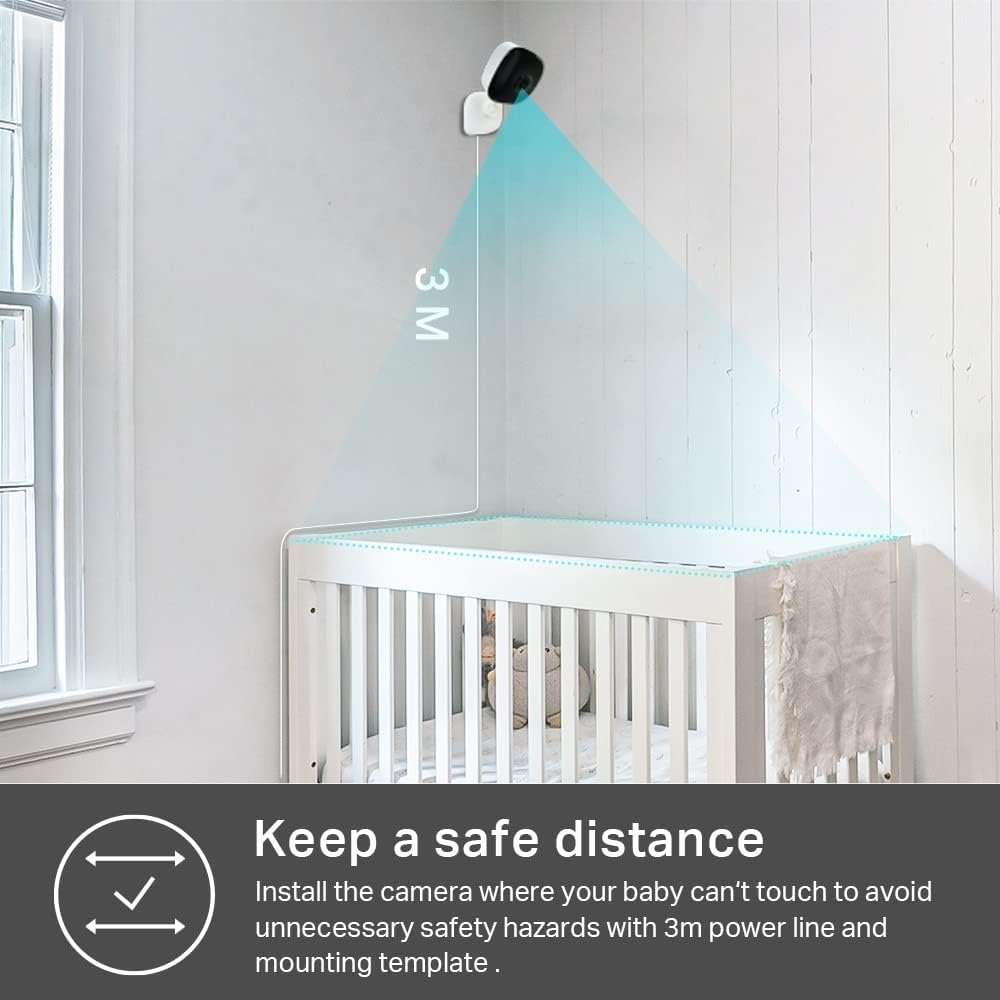Isn’t it fascinating how technology is reshaping the simplest aspects of our daily lives? The kitchen, the heart of many homes, is no longer just a place for cooking; it’s becoming smarter and more efficient than ever before. If you’re someone who cherishes every moment spent perfecting a recipe or if you’re keen on the latest tech advancements, setting up a smart kitchen might be the perfect project for you. But how do you embark on this exciting journey? This guide will provide all the essentials needed to transform your culinary space into a tech-savvy sanctuary.
What is a Smart Kitchen?
A smart kitchen integrates modern technology with traditional cooking practices to make meal preparation easier, faster, and more enjoyable. Utilizing appliances and devices that connect to the internet, a smart kitchen can automate tasks, suggest recipes, and even remind you when groceries are running low. From smart ovens that recognize the dish you’re cooking to refrigerators that monitor expiration dates, these innovations ensure efficiency and precision in your culinary activities.
The Benefits of a Smart Kitchen
Smart kitchens offer a myriad of benefits, transforming the way you cook and manage your space:
- Efficiency: Smart appliances streamline cooking processes, saving time and effort.
- Precision: Sophisticated sensors and monitoring tools ensure that your dishes are prepared with perfect accuracy.
- Energy Savings: Smart features help reduce energy consumption by optimizing appliance usage.
- Convenience: Automated functions and voice controls make meal prep and kitchen management effortless.
- Safety: Sensors and alerts enhance food safety by monitoring temperature and freshness.
Key Smart Kitchen Devices
Choosing the right devices is crucial for creating a cohesive smart kitchen ecosystem. Here are some essential devices to consider:
Smart Refrigerators
Smart refrigerators do more than just keep your food fresh. They come equipped with interior cameras, touchscreen displays for leaving notes or accessing recipes, and the ability to track food inventory. Some models even suggest recipes based on the ingredients available inside.
Smart Ovens and Ranges
Smart ovens and ranges offer precision cooking with features like Wi-Fi connectivity and app control. Imagine preheating your oven from your smartphone while still on the way home or receiving an alert when your roast is perfectly done.
Smart Dishwashers
These appliances can sense the level of dirtiness and adjust the washing cycle accordingly, providing optimal cleaning while conserving water and energy. Additionally, they can be programmed to run during off-peak hours to save on energy costs.
Smart Coffee Makers
Waking up to the smell of freshly brewed coffee is easier than ever with smart coffee makers. You can schedule your coffee to be ready when you wake up or control it remotely through a smartphone app.
Smart Cooking Gadgets
Devices such as sous-vide cookers and instant pots are getting smarter by the day. With precision temperature control and app-based recipes, these gadgets make cooking gourmet meals at home effortless.
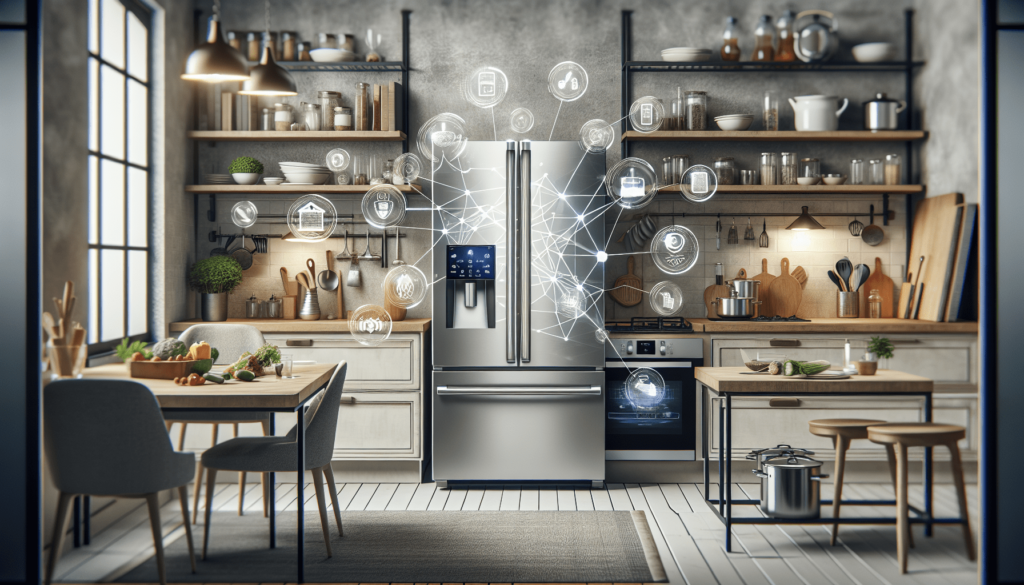
Setting Up Your Smart Kitchen
Setting up a smart kitchen involves more than just purchasing gadgets. It’s about creating an integrated system that works seamlessly. Here’s how to get started:
Assess Your Needs and Space
Before buying any device, consider what you need most based on your cooking habits, kitchen size, and budget. A small kitchen may require more compact, multifunctional devices, while a larger area could accommodate more specialized equipment.
Research and Compare Devices
Explore different models and brands. Pay attention to features, compatibility with existing home systems, price ranges, and reviews:
| Device Type | Popular Brands | Key Features |
|---|---|---|
| Smart Refrigerators | Samsung, LG | Interior cameras, voice control |
| Smart Ovens | Bosch, Whirlpool | App control, precise cooking modes |
| Smart Dishwashers | GE, Miele | Sensor technology, energy-efficient |
| Smart Coffee Makers | Philips, Breville | Scheduling, app recipe integration |
Set Up and Configure Devices
Once you have acquired the devices, follow the manufacturer’s instructions for setup and configuration. Connecting them to the same home network is crucial for integrated control, often via a central hub or a voice assistant like Amazon Alexa or Google Assistant.
Automate and Schedule Tasks
Maximize the smart capabilities by automating repetitive tasks. Program your smart oven to preheat for dinner at a specific time, or schedule your dishwasher to run when energy rates are lower.
Enhancing Functionality with Smart Technology
To truly transform your kitchen, explore how smart features can improve both functionality and experience:
Integrate Home Assistants
Voice-activated assistants can control multiple devices simultaneously, allowing hands-free operation. You can set timers, play music, and even order groceries, all while mixing dough or chopping vegetables.
Utilize Smart Monitoring Features
Keep an eye on ingredient freshness or alertness to prevent overcooking. Some appliances have built-in diagnostics to inform you when maintenance is needed before a problem arises.
Improve Energy Efficiency
Smart devices often come with energy-saving modes. Use these features to decrease your carbon footprint and save on utility bills.
Maintain Cybersecurity
With devices connected to the internet, cybersecurity should be a priority. Regularly update your devices’ firmware, use strong passwords, and consider setting up a secure network for your smart kitchen appliances.

Future Trends in Smart Kitchens
Technology continues to evolve rapidly, promising even more incredible advancements for smart kitchens:
AI-Driven Cooking Assistants
The future might bring AI assistants capable of adjusting recipes, suggesting ingredients based on what’s available, or even cooking meals independently.
Augmented Reality in Meal Prep
Augmented reality could revolutionize cooking by overlaying guided cooking instructions or visualizing completed dishes before you begin cooking.
5G and Improved Connectivity
As 5G becomes widespread, expect faster and more reliable connections, enabling seamless integration with other smart home devices and remote control without lag.
Maintenance and Troubleshooting for Smart Kitchens
Keeping your smart kitchen in tip-top shape requires regular maintenance and a bit of troubleshooting knowledge:
Regular Cleaning and Upkeep
For appliances to operate efficiently, follow regular cleaning routines as specified by manufacturers. Replace filters, clean sensors, and ensure connectivity components are free of dust.
Understanding Common Issues
Many smart devices notify you of issues before they become problems. Learn the common error codes and solutions provided in the device manuals.
Cybersecurity Concerns
Regularly audit your device network for unauthorized access, ensure your router is secure, and disable any ports or services that are not in use.
Conclusion
Creating a smart kitchen isn’t just about adding a new gadget or two; it’s about fostering an environment that complements your lifestyle, increases your kitchen’s efficiency, and enhances your love for cooking. While technology should serve to reduce complexities, the ultimate goal is to ensure you have a kitchen that is not only a joy to use but one that evolves with the times. By following this guide, you’ll be well on your way to building a smart kitchen that suits both your current needs and future aspirations. Who knows what culinary adventures await you in this new digital domain?
Disclosure: As an Amazon Associate, I earn from qualifying purchases.


